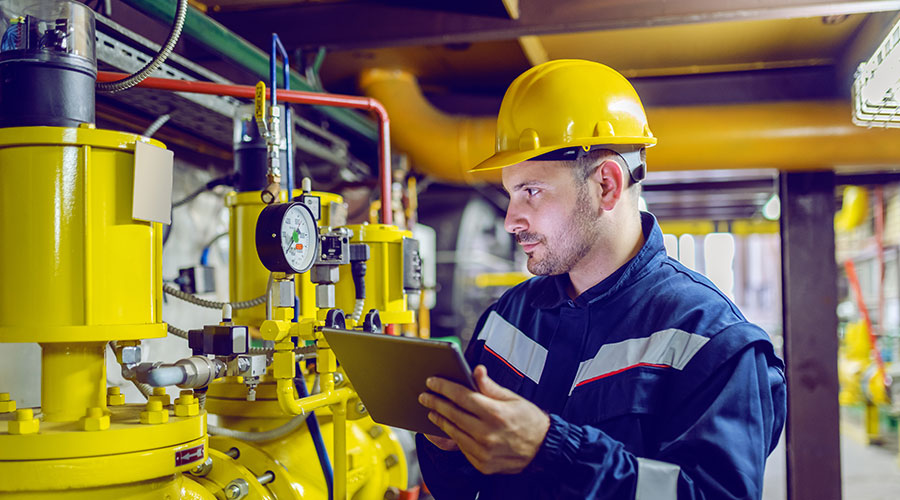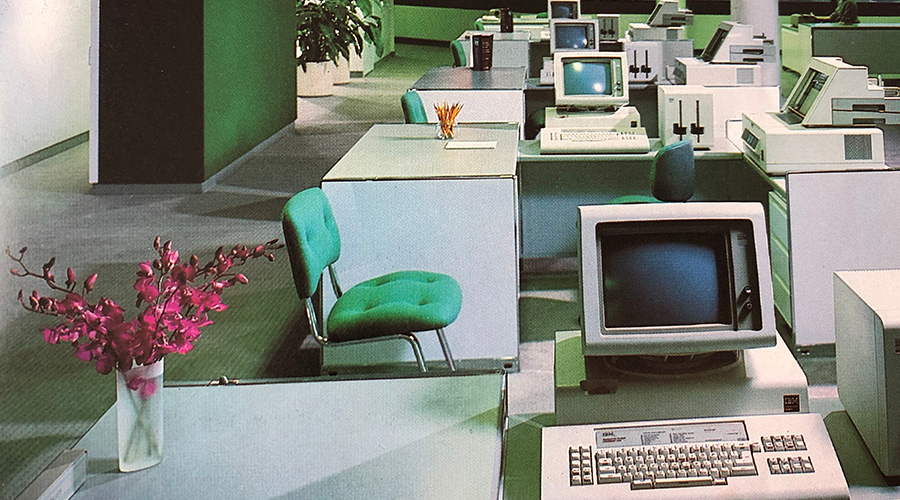Life, Death and the Case for AEDs in Facilities
Managers and building owners face tough choices on the best ways to allocate budgets and resources in their facilities.
By Dan Hounsell, Senior Editor
Emergency exits. Emergency lighting. Non-slip flooring. Fire pull stations. Ramps.
Today, these elements of institutional and commercial facilities generally go unnoticed. Occupants and visitors tend to take safety and health features for granted.
It wasn’t always this way. Facilities used to be much less safe. Fortunately, facility planning and design have evolved over the decades, and these and many other safety and health components are commonplace.
Now, it’s time for automated external defibrillators (AEDs) to join the ranks of safety components that are available in and around every building.
The issue of AEDs in facilities jumped into the national spotlight on Jan. 2 in Cincinnati when Damar Hamlin, a player for the NFL’s Buffalo Bills, suffered on-field cardiac arrest during a nationally televised game. Local medical officials credited his survival to the fast actions of first responders at the stadium, who restored his heartbeat using an AED before transporting him to a hospital.
Many institutional and commercial facilities have installed AEDs over the years, including many with athletic facilities. But many others have not. While no national requirement exists that employers must provide AEDs in the workplace, all 50 states have enacted laws or regulations for the devices.
The scope of the challenge is not small: One unofficial estimate puts the number of AEDs now installed in nonresidential, urbanized areas of the country at 3.2 million and the number of AEDs actually needed in these areas at 30 million.
Managers and building owners face tough choices on the best ways to allocate budgets and resources in their facilities, and the decision often depends on a cost-benefit analysis. As the events in Cincinnati demonstrated, there is no better benefit than life.
Related Topics:












